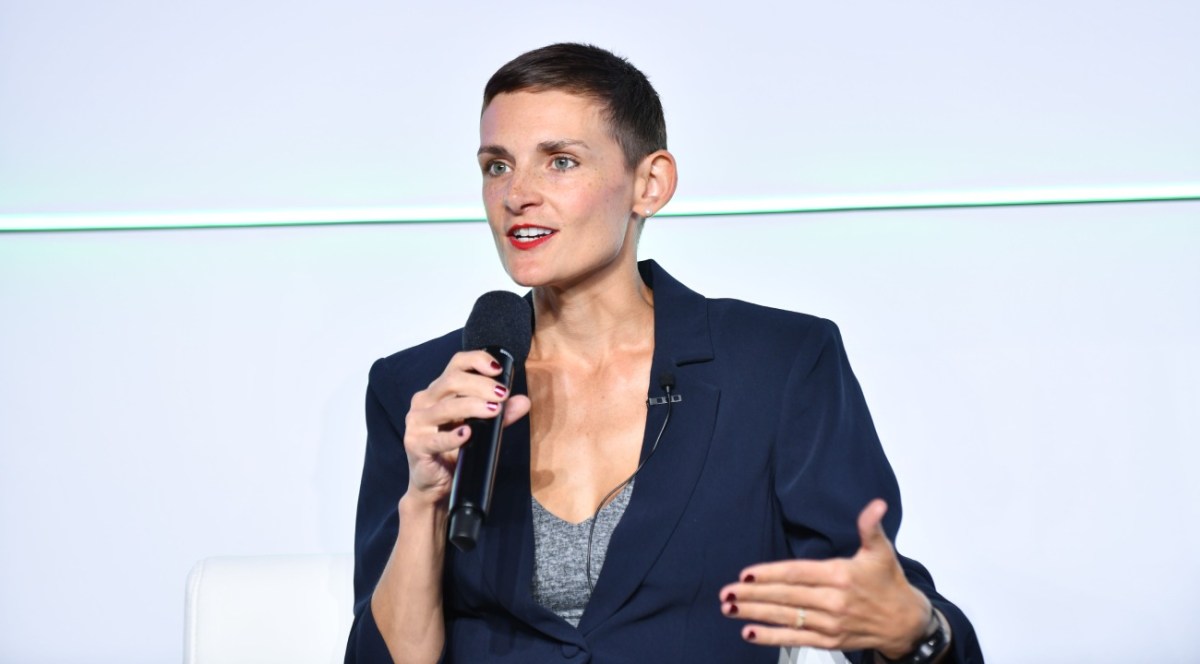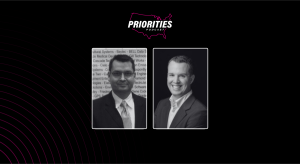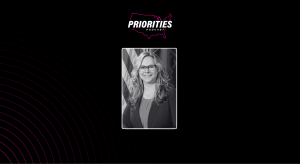Maryland’s new broadband group aims to unify deployment across a dozen state agencies

A cross-agency group formed last week by Maryland Gov. Wes Moore is aiming unify broadband deployment efforts across more than a dozen state agencies. The group is hoped to level up the state’s infrastructure in preparation of new technologies and federal funding.
Created by Moore via executive order on Jan. 7, the Digital Infrastructure Group will be housed under the Maryland Department of Information Technology, and feature members state agencies and other government offices involved in broadband development. State Chief Information Officer Katie Savage told StateScoop Tuesday the effort will help the state make the most of its broadband infrastructure, and plan for new funding Maryland is set to receive this year through the Broadband Equity, Access and Deployment, or BEAD, program.
Savage said such critical infrastructure projects are crucial for the state as it looks to use new digital tools, like artificial intelligence.
Savage said the group will be led by Maryland Chief Technology Officer of Infrastructure Eric Bathras. Of the dozen state agencies to be involved with the group, DoIT will work closest with the Department of Transportation and Department of Housing and Community Development, both of which have been involved in broadband planning over the last several years, Savage said.
Savage said being efficient with spending and increasing connectivity are both priorities for Maryland. She pointed to networkMaryland, a statewide fiber backbone operated by the technology department that supports the state’s intranet and can lease capacity to private internet service providers. Savage said when MDOT repairs highways, it usually also installs fiber optic cable to expand the network, opening the possibility of later improving access to underserved communities.
“Either they’ll need it for autonomous vehicles, smart connected highways, or they see it as a revenue generating opportunity for them as well — like, we’ll lay fiber, and then they can generate revenue from utilities that might want to leverage it. There’s no reason that networkMaryland can’t be one of those utilities, so let’s partner with MDOT to figure out, are you putting down new fiber cable? We’ll use that, and that’ll save us some expense when we look to reach communities or state facilities,” Savage said.
DoIT also plans to partner with the Department of Housing and Community Development, which manages the state’s BEAD funding. Maryland will receive more than $267 million through the program, on top of Digital Equity Act funding.
Savage said working closely with those two agencies will help the state maximize the connectivity it can extract from its federal broadband funding.
“We talk a lot about what last-mile and middle-mile delivery is, and now that I’m in this position in the state where we own and operate a broadband network called networkMaryland, we can be a player in this — we can help reach rural and underserved urban communities by planning where we direct our network,” Savage said. “If we’re the middle mile, and getting internet most of the way there, [the coordination] makes it a lot easier later on for dollars through the BEAD program or ISPs to take it the rest of the way to people’s homes.”
The new group also continues the state’s digital services expansions. In January 2024, Maryland launched a digital services team, brought on Marcy Jacobs to oversee the state’s Office of Digital Experience and built out the team last fall.
At the time, Savage said the new office and hires were key components of her plan for building a “better digital backbone” for the state. She said this effort dovetails with the strategy to unify broadband deployment, and pointed to the state’s new Unified Benefits Screener, a mobile-friendly tool which in less than five minutes can tell users which public benefits programs they’re eligible for.
“We can’t encourage people to leverage our digital tools if they don’t have internet access in the first place. And so I very much see these two initiatives just being important — whether they’re leveraging something like the benefits screener at a community anchor institution, like a health care facility, or they’re doing it on their mobile phone, it’s really incredible to be able to say the residents of Maryland, ‘Here is a digital tool that will help you access your benefits, and we’ve helped bring internet to your community so that you can access this tool,'” Savage said.
And beyond improving digital service delivery, Savage said, coordinating infrastructure spending means the state can begin to explore new technologies, such as AI, which the state is moving ahead on. On Tuesday, DoIT and Gov. Moore’s Artificial Intelligence Subcabinet submitted to the state legislature a 17-page planning document, titled the 2025 Maryland AI Enablement Strategy & AI Study Roadmap, which provides detailed plans across 12 “critical domains,” like public safety and cybersecurity, where the state hopes to improve operations.
“We’re building a chatbot, but, what good is that chatbot if you don’t have internet connectivity in the first place? So, it’s another way that these kind of physical and digital [infrastructures] come together,” Savage said.
Corrected Jan. 16, 2025: The state’s fiber network is run by the technology department, not the transportation department..






